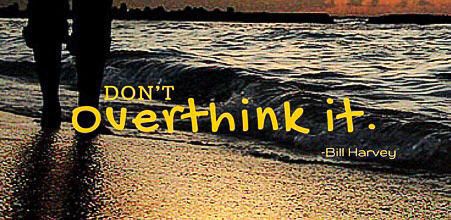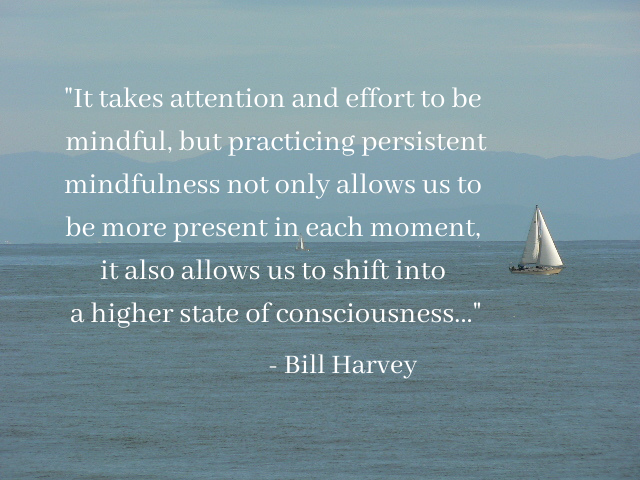Updated May 29th, 2020
One of the challenges of our current reality is the pervasive condition we call Acceleritis™ wherein we feel we never have enough time to do all the things we feel we ought to do.

Even now, in self-quarantine, do you feel like you are always behind and have too much to do? Do you speed up your actions to the point of increasing errors that require fixing (which then slows you down and makes you feel even more behind with no apparent hope of ever catching up)?
You are not alone! We have a natural drive for closure, and the seeming impossibility of ever reaching closure on everything the mind desires closure on makes us uneasy at most times — but we have gotten used to that feeling.
During your work day or at play, are you often not sure what to do next? Try to not overthink it…
Do what most inspires you at that moment. Why? Because the chances are higher that you’ll be doing it in the Flow state, which never occurs when you are doing something because you should do it. I call that “doing it to get it out of the way”. Flow state only occurs when you are enjoying what you are doing, and doing it solely or mainly for its enjoyment.
If you’re in the grip of Acceleritis and therefore not in the Observer state, you may not know what inspires you more, X or Y or Z. The solution here is to just let your body go and watch what it does. The body often makes decisions before the mind is consciously aware of making the decision.
Don’t be driven by email/text/social media.
It has become all too easy to become driven by incoming email, texts, Tweets, Facebook and Instagram posts — meaning you don’t decide what to do next, you react to the ubiquitous digital input stream. This goes on all day and you become a willing slave to others’ priorities rather than your own. Instead, practice setting aside a time each day to deal with and catch up with emails and texts and whatever else is queuing up. This puts you in charge of what you do for the better part of your day.
Create a practice to step away from the to-do list.
What works best for me is meditation — where the mind observes itself, watching thoughts as they come and go. I find this is the most effective way to allow assimilation and closure of the most salient “anti-closures” bugging my mind subconsciously at any given point in time.
Like trying to remember a name, meditation does not work by “trying to do it”, it works by letting go of everything going on inside, and continuing to let go of thoughts/feelings/ images/hunches as they arise, watching them float away (or whatever imagery works best for you). From this effortless place comes clarity that often moves you closer to closure.
Next time you are overwhelmed, step back, and do what you are moved to do!
Best to all,
Bill
Follow my regular media blog “In Terms of ROI“ at MediaVillage.com under MediaBizBloggers. Here is my latest post.



